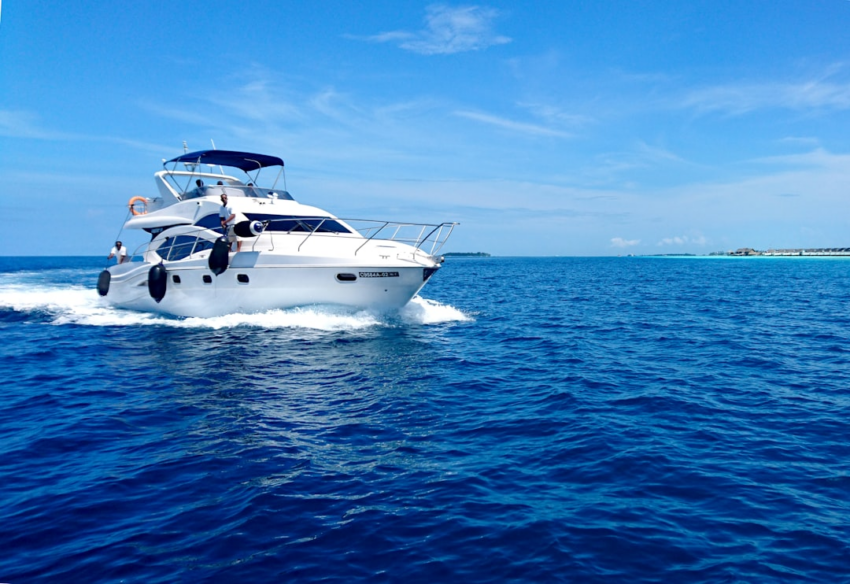Boat batteries are essential for navigation and equipment power, with lifespan influenced by usage patterns, maintenance, environmental conditions, and charging practices. Regular cleaning, corrosion prevention, smart charging, and voltage monitoring extend battery life. Lead-acid and lithium batteries offer differing advantages; lithium provides longer lifespan but at higher cost. Proper boat battery care ensures reliable performance during aquatic adventures.
Maximizing your time on the water depends on a reliable boat battery. This guide offers essential insights into understanding and extending your boat battery’s lifespan. From deciphering capacity and usage patterns to exploring factors influencing longevity, we provide actionable tips for maintenance and selection. Learn about different battery types and efficient practices for optimal performance. Discover these 5 tips to ensure your boat battery keeps you sailing smoothly.
- Understanding Boat Battery Capacity and Usage
- Factors Affecting Battery Lifespan: A Deep Dive
- Maintenance Tips to Prolong Your Battery Life
- Comparing Different Types of Boat Batteries
Understanding Boat Battery Capacity and Usage
Boat batteries are a crucial component for any aquatic adventure, providing the power needed to operate various equipment and maintain navigation. Understanding capacity and usage is key to ensuring optimal boat battery lifespan. Capacity refers to the amount of electrical energy a battery can store and deliver; it’s measured in ampere-hours (Ah). When considering a boat battery, look for one with an appropriate Ah rating based on your vessel’s power demands. For instance, larger boats or those equipped with high-power devices may require higher capacity batteries.
Usage patterns significantly impact boat battery performance. Deep cycling, where the battery is regularly discharged and recharged to 80% capacity, can degrade it faster than shallow cycling (keeping the charge above 50%). Regularly monitoring usage and avoiding deep discharge will help prolong your boat battery’s lifespan. Additionally, maintaining a clean and tight connection ensures efficient power transfer, reducing strain on the battery.
Factors Affecting Battery Lifespan: A Deep Dive
Battery lifespan in boats, much like any other device, is influenced by several key factors. Firstly, the quality and type of boat battery play a significant role; deep-cycle marine batteries are designed for frequent charging and discharging cycles, ensuring longevity under demanding conditions. Age is another critical aspect; older batteries tend to lose capacity over time, so regular maintenance and timely replacement are essential.
Environmental conditions also have a profound impact on boat battery lifespan. Extreme temperatures, both hot and cold, can accelerate corrosion and reduce overall performance. Additionally, the depth of discharge (DoD) affects battery health; frequent full discharges can lead to sulfation, a process that reduces the battery’s ability to hold a charge. Proper charging practices, including using smart chargers designed for marine batteries, are crucial in minimizing these negative effects and maximizing the lifespan of your boat battery.
Maintenance Tips to Prolong Your Battery Life
Proper maintenance is key to extending the lifespan of your boat battery. Regular cleaning and inspection can prevent build-up of corrosion on terminals, ensuring optimal connectivity. Keep the battery area dry and free from debris to minimize damage. Additionally, avoid deep discharge by using the boat periodically and avoiding prolonged storage without charging. Remember, a well-maintained boat battery will perform better and last longer, providing you with many more hours on the water.
Consider implementing a smart charging routine. Use a maintainer or smart charger, especially when storing the boat for extended periods. These devices keep the battery charged at an optimal level, preventing overcharging and prolonging its life. Regularly check battery voltage during use to ensure it stays within the recommended range. By adopting these simple maintenance practices, you can significantly improve your boat battery’s performance and longevity.
Comparing Different Types of Boat Batteries
When it comes to boat batteries, there are several types available, each with its own set of advantages and longevity. Lead-acid batteries are the most common and cost-effective option, offering a good balance between price and performance. They are known for their durability and reliability, making them a popular choice for many boaters. However, their lifespan is generally shorter compared to other types, requiring more frequent replacements over time.
On the other hand, lithium batteries have gained popularity due to their superior energy density and longer lifespan. These batteries are lighter, compact, and require less maintenance. They provide quick starts and efficient power delivery, making them ideal for modern boats with advanced electrical systems. While they come at a higher upfront cost, lithium batteries can last up to four times longer than lead-acid batteries, ultimately saving boaters money in the long run.
Boat batteries are a crucial component of any watercraft, and understanding their lifespan is key to ensuring uninterrupted navigation. By grasping the factors influencing battery life, implementing proper maintenance practices, and choosing the right type for your needs, you can significantly extend the service of these essential power sources. Remember, a well-maintained boat battery means more time on the open waters and fewer surprises when you need it most.
